Flavio Poli (1900 – 1984): Innovative Approach to Glass Design
Flavio Poli (1900–1984) was an Italian glass designer renowned for his pioneering Murano glass creations – distinguished by his sculptural mastery and innovative layering technique.
"Poli transformed glass into sculptures of light and color, layering transparency with depth and turning fluid forms into luminous expressions of modern elegance."
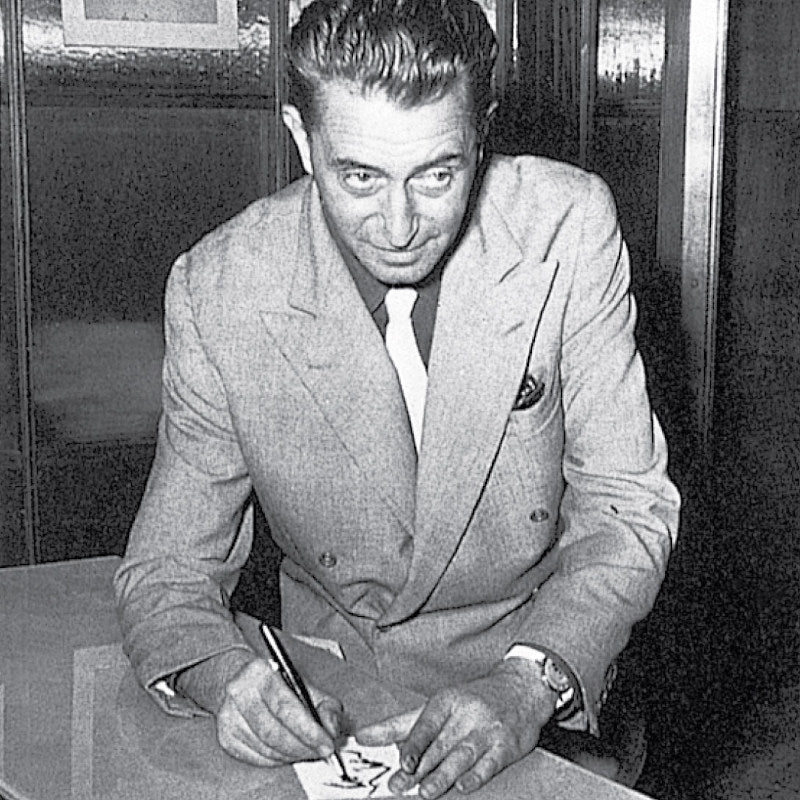
Beginnings of His Career: Sculptures & Lamps
Originally, he had studied at the Instituto d'Arte di Venezia as a ceramist. In 1929, he joined the I.V.A.M. glass factory, where he initially focused on crafting large-scale sculptures. He enriched their traditional range of blown glass and lamps with stylized animal figures and classicist nudes. From 1932 to 1934, he was an artistic contributor for the Compagnia di Venezia e Murano. He also worked with Pauly & C., the antique glass factory.
Art Director & Partner: Flavio Poli’s Time with Seguso Vetri d’Arte
It was his collaboration with the Venetian glassworks Seguso, that launched his reputation in glass design: In 1934, Flavio Poli was named artistic director of Barovier, Seguso & Ferro (later known as Seguso Vetri d’Arte), where he developed the distinctive submerged glass technique—layering multiple transparent glass sheets on top of each other. Just three years later, he became a partner in the company. He led the company’s creative direction until 1963 and went on to head the artistic glass division at the Società Veneziana di Conterie e Cristallerie from 1964 to 1966.
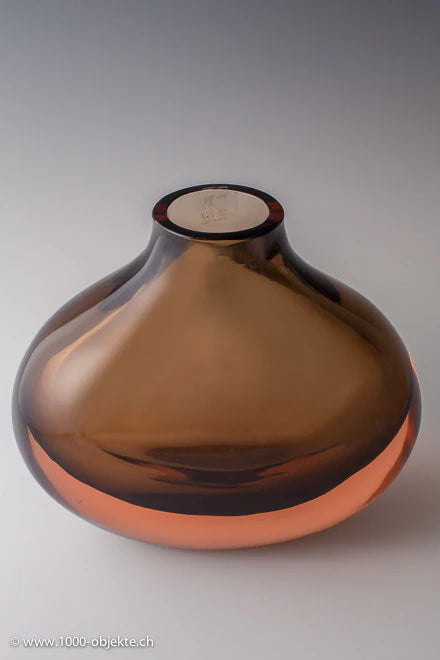
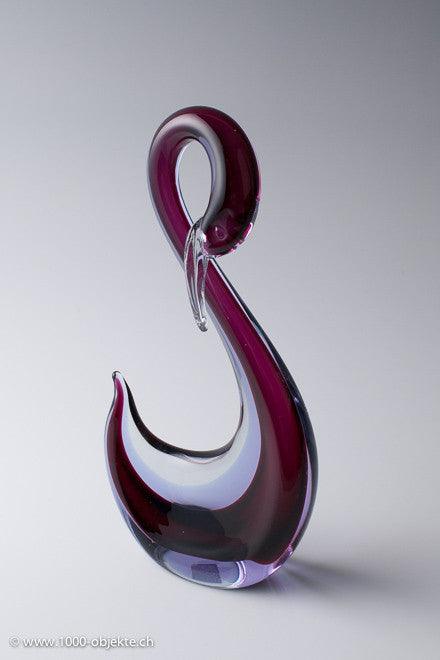
Most Renowned Works
Poli's most celebrated works include the opal glass room divider Zodiaco, the elegant chandelier Vetro Traliccio, and the futuristic Vetro Astrale decorative pieces. In the 1950s, he gained wide acclaim for his sommerso series.
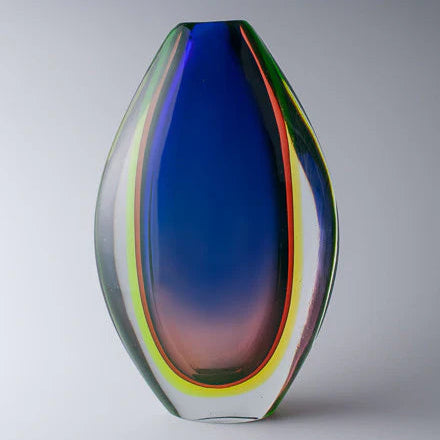
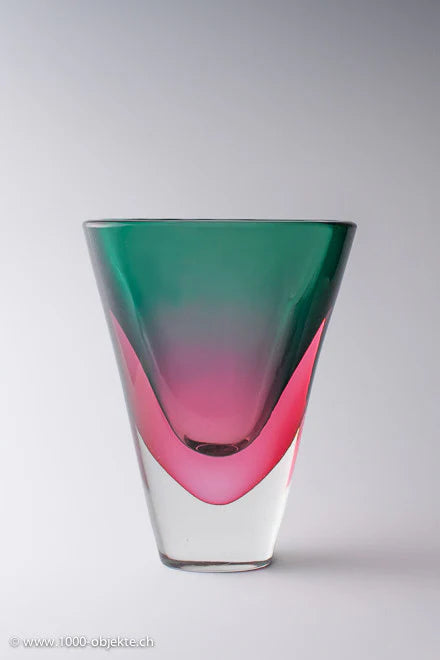
Iconic Sommerso Series by Flavio Poli
Flavio Poli pioneered a distinctive glassmaking technique during his time at Seguso Vetri d’Arte in the mid-20th century: His Sommerso glass vases and bowls.
- The term sommerso, meaning "submerged" in Italian, describes a method where multiple transparent layers of glass in different colors are fused together without mixing. This creates a striking depth effect, with the inner colors appearing suspended within the outer layers.
- Poli’s sommerso glass is characterized by rich, vibrant hues encased in clear glass, often with fluid, organic shapes.
- His designs, particularly from the 1950s and 1960s, became highly collectible and are celebrated for their elegance and innovative craftsmanship.
- Many of these pieces were mouth-blown, showcasing the exceptional skill of Murano glass artisans.
Looking for a stunning glass masterpiece by the legendary Flavio Poli?
Shop Flavio Poli vases here »
Award-winning Talent from Italy & Global Legacy
Poli's mastery of the sommerso technique earned him international acclaim, including four Grand Prix awards at the Milan Triennale and the Compasso d'Oro in 1954.
His contribution to the aesthetic renewal of Italian households in the post-war years consists of glassware made of thick crystal glass in bright colours, which today are among the best-known classics of Muranese glass art. Today, his works remain iconic examples of mid-century Italian glass design and are highly sought after by collectors. Furthermore, Flavio Poli's glass artworks are showcased in several prestigious museums around the world, for example at the Murano Glass Museum (Museo del Vetro) in Venice or the Corning Museum of Glass and The Museum of Modern Art (MoMA) in New York.
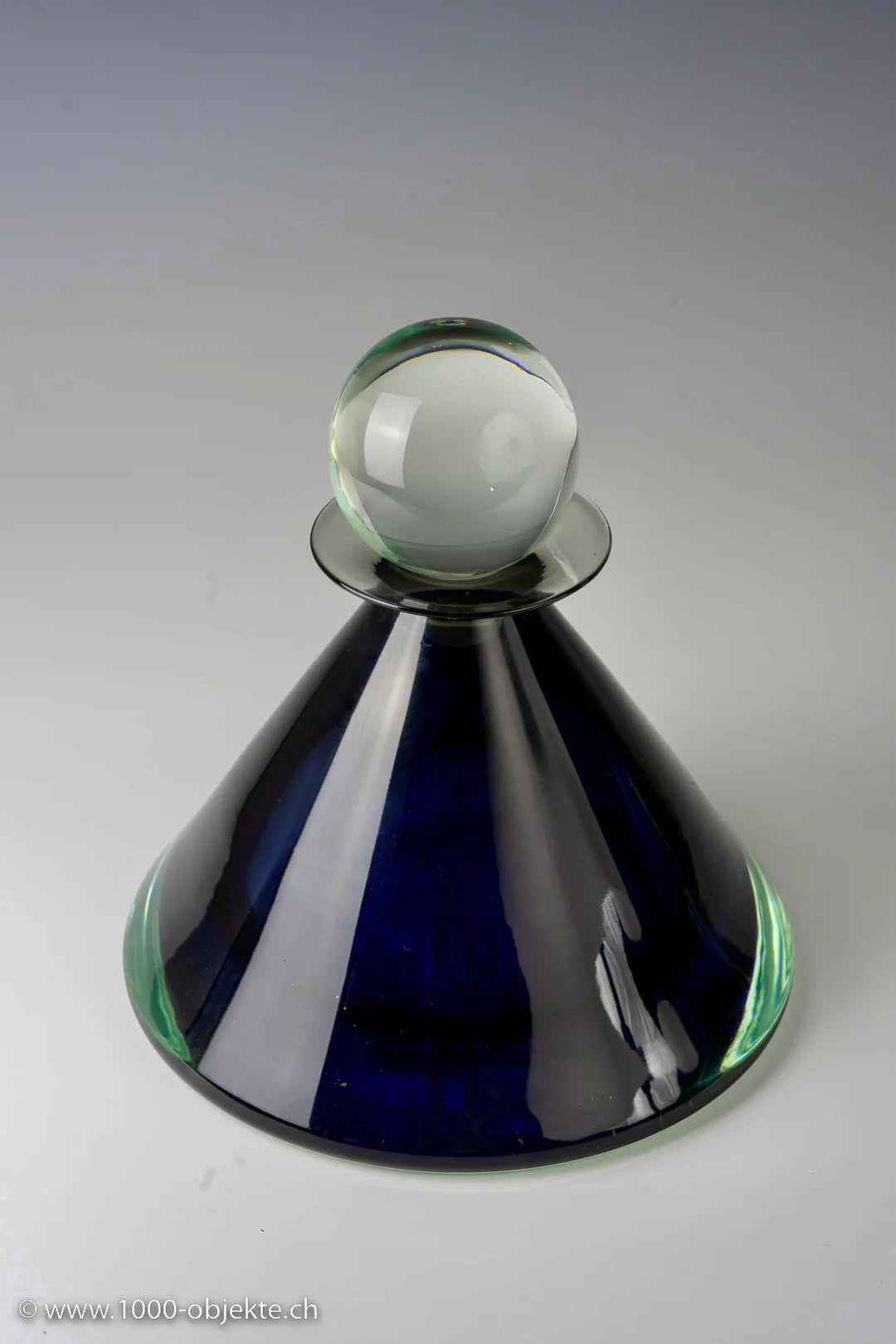
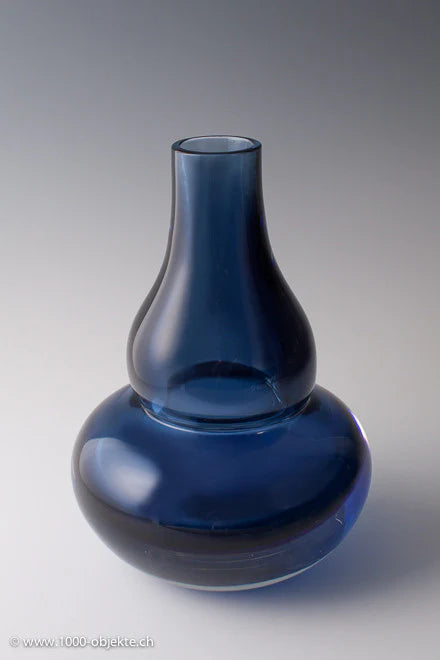
Timeless Treasures – Exclusive Pieces Handpicked by Peter Grünbaum
Explore my curated selection of rare and iconic vintage murano vases online and pick your favorite to complete your own collection! If you have any questions or are searching for a specific vase, feel free to reach out. Or perhaps you are interested in viewing the pieces in Zurich? Just get in touch!




